I would like you to help me in completing the Arabian unit line for Civ III.
1. The eras:
Tribal Era (before 3000 BC)
Bronze Age (3000 BC - 1000 BC)
Iron Age (1000 BC - 450 AD)
Dark Ages (450 AD - 1000 AD)
High Medieval Ages (1000 AD - 1400 AD)
Later Medieval Ages (1400 AD - 1500 AD)
...can be continued later
2. Possible unit types (depending on timelines):
Clubman
Archer
Slinger
Javelineer
Spearman
Swordsman
Axeman
Maceman
Pikeman
Halberdier
Horse Spearman
Horse Archer
Horse Swordsman
Horse Javelineer
Crossbowman
Horse Crossbowman
Camel Archer
Camel Spearman
Camel Swordsman
Camel Javelineer
...the list can be expanded
3. All Arabian dynasties (Civs) are welcome.
4. Also, I would like you to pay attention on Arabian units which are already made for Civ III and are not needed to be made again.
I`ve made some preliminary sketches for 3 eras, but I would like you to add your suggestions and requests for Arabian units for the timeline mentioned above.
In regards to the units of the dynasties, I have composed a whole list of unit types likely to have been common in the various Arab-Muslim armies.
660–750
Early Umayyads (Syria, Iraq) Infantry:
Bedouin javilinman, Arab foot archer (in your dark ages line)
Arab citizen spearman (in your dark ages line)
Bedouin-Arab or Syrian-Arab Warband (in your dark ages line)
Arab guard heavy infantry (in your dark ages line)
Early Umayyads (Syria, Iraq) Cavalry:
Bedouin (unarmoured) horseman
Asawira (Persian) horse-archer
Arab Noble Cavalry (also in your dark ages line)
750 – 1258
Abbasids (Iraq) Infantry:
Bedouin/Kurdish javilinman
Ahdath citizen militia spearman
Arab/Kurdish/Syrian foot archer
Abna heavy spearman
Daylami mercenary infantryman
Naffatin grenade/fire thrower
(
Naffatin grenades were like Greek fire bombs)
Abbasids (Iraq) Cavalry:
Ghazi horseman (Arab fanatic raider, chain mail, javelin or bow)
Bedouin horseman/ camel rider (you already made a perfectly good camel rider fit for this role)
Khurasani Ghulam (East Iranian, scale-armoured) horse-archer/lancer
Turcoman Ghulam heavy cavalry-archer/lancer
909 – 1171
Fatimids (Egypt) Infantry:
Bedouin/Egyptian Arab slinger
Egyptian citizen militia spearman
Sudanese archer (we already have this one)
Caliphs guard heavy spearman (colourful, armoured)
Daylami mercenary infantryman
Naffatin grenade/fire thrower
Fatimids (Egypt) Cavalry:
Berber horseman (mounted javelin, unarmoured or light armoured)
Arab (light armoured, spear) militia cavalry
Turcoman Ghulam heavy cavalry-archer/lancer
711 - 1492
Andalusia (Spain) Infantry:
Spanish (unarmoured) peasant slinger
Berber (unarmoured) spearman
Berber foot archer
Daylami mercenary infantryman
Andalusian heavy spearman
Andalusian (chain mail, shielded) Crossbowman
Naffatin grenade/fire thrower(?)
Andalusia (Spain) Cavalry:
Berber horseman (mounted javelin, unarmoured or light armoured)
Iberian “Jinetes” light cavalryman (mounted javelin/sword, chain mail)
Visigoth “knight” convert heavy cavalry lancers (there were apparently quite a few Visigoths who converted to Islam after the invasion)
Turcoman Ghulam heavy cavalry-archer/lancer
Andalusian heavy cavalry (mix of European and Oriental style)
1169 - 1252
Army of Saladin (Egypt, Syria)Infantry:
Bedouin/Kurdish Javelinman
Sudanese archer (we already have this one)
Sudanese spearman (this one too)
Kurdish spearman
Daylami mercenary infantryman
Arab (Egyptian or Syrian, armoured) Ghazi or Muttawi'ah (volunteer) infantryman
Naffatin grenade/fire thrower
Army of Saladin (Egypt, Syria) Cavalry:
Berber or Bedouin (unarmoured, javelin) light horseman
Turcoman/Kurdish/Armenian Ghulam heavy cavalry-archer/lancer
Khwarezmian (Turco-Iranian refugee from the Mongols, armoured) cavalry-archer
Mamluk heavy cavalry-archer
Mamluk camel archer (you already made this fine unit)
Here we have a couple of non-Arab successor states rising in the wake of the disintegrating Umayyad and Abbasid caliphates.
819–999
Samanids (Persia, Afghanistan) Infantry:
Tajik tribal warrior (unarmoured javelinman/axe)
Turco-Khurasani (unarmoured) or Qangli (Uzbek Turkish, light armoured) foot archer
Khurasani (scale-armoured) heavy spearman
Daylami mercenary infantryman
Samanids (Persia, Afghanistan) Cavalry:
Khurasani-Arab (settled Arabs of Iranian Khorasan mounted bows/javelin, chain mail)
Transoxanian Turk (scale-armoured mounted bow) cavalry-archer
Turcoman Ghulam heavy cavalry-archer/lancer
Khwarezmian (From modern Uzbekistan, Turco-Iranian, heavily scale-armoured) cavalry-archer/lancer
Indian War Elephant (from the Indo-Arab tributaries of Sind)
975 – 1187 (1175-1215)
Ghaznavids or Gurids (Afghanistan, India) Infantry:
Tajik tribal warrior (unarmoured javelinman/axe) or Kurdish javelinman (unarmoured, javelin/axe, and yes, they were a long way from home)
Ghaznavid Turkish (light armoured) foot archer
Kurdish or Arab Ghazi infantryman (chain mail, javelin and sword)
Daylami mercenary infantryman
Sindi (Indian, unarmoured) Longbowman
Sindi (Indian, unarmoured, large rectangular shield) Spearman
Hindu (unarmoured) subject/allied Javelinman
Ghaznavids or Gurids (Afghanistan, India) Cavalry:
Pashtun or Kurdish Ghazi (fanatic, mounted javelin, unarmoured most likely) horseman
Indian Ghulam (unarmoured mounted large axe and perhaps javelin)
Turcoman Ghulam heavy cavalry-archer/lancer
Khwarezmian (From modern Uzbekistan, Turco-Iranian, heavily scale-armoured) cavalry-archer/lancer
Indian War Elephant
(Perhaps the Pashtuns and Tajiks can wear a
pakol, a traditional Afghani wool hat? Though I don’t know how old it is, or if there even exists a model, it could add an interesting flavour.)
1037 – 1194
Seljuq Turks (Iran, Iraq, Syria) Infantry:
Turcoman tribal (unarmoured) javelinman
Turcoman (unarmoured) foot archer
Turcoman or Iranian (light armoured) spearman
Kurdish or Arab Ghazi infantryman (chain mail, javelin and sword)
Daylami mercenary infantryman
Seljuq Turks (Iran, Iraq, Syria) Cavalry:
Turcoman Askar (unarmoured, bows) horse-archer
Turcoman Arsiyah (light armoured, chain mail) cavalry-archer
Turcoman Ghulam heavy cavalry-archer/lancer
Edit: Forgot the Arabs in Northern Africa, Tunesia, Morocco, and Algeria:
Maghreb Arabs, Berbers, Moors, Zirids, Hammadids, Almohads, and Banu Hilal Infantry:
Berber (unarmoured) slinger
Berber (unarmoured) Spearman
West Sudanese (black sub-Saharan African, unarmoured, fully covered) Archer
Maghreb Arab (Saracen Pirate) Swordsman or…
Banu Hilal (chain mail) Swordsman (The Banu Hilal were a confederation of Arab tribes living in the Maghreb, sent by the Fatimids to punish the Zirids and Hammadids for abandoning Shia Islam)
Maghreb Arabs, Berbers, Moors, Zirids, Hammadids, Almohads, and Banu Hilal Cavalry:
Berber or Bedouin (unarmoured, javelin) light horseman
Moorish/ Berber (armoured, lance) camel rider
Qaraghulam (black sub-Saharan African or dark skinned, sword/lancer) medium-heavy cavalry
Corrections/comments are welcome.





 ).
).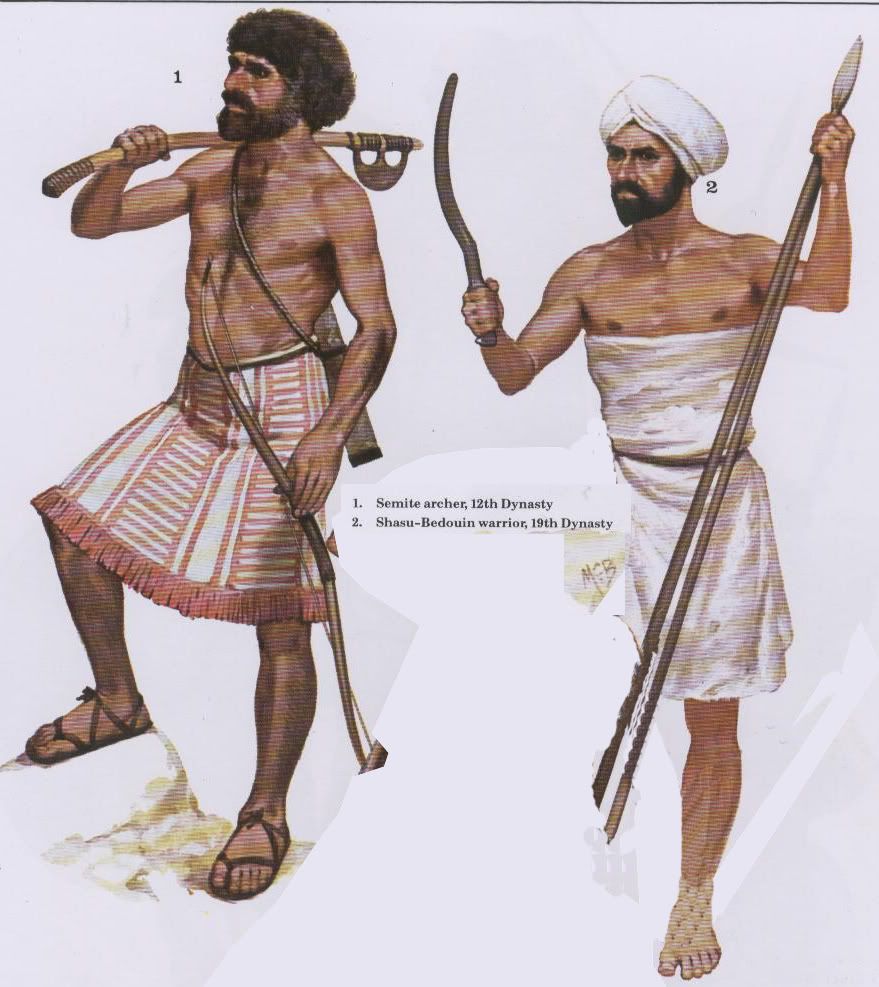
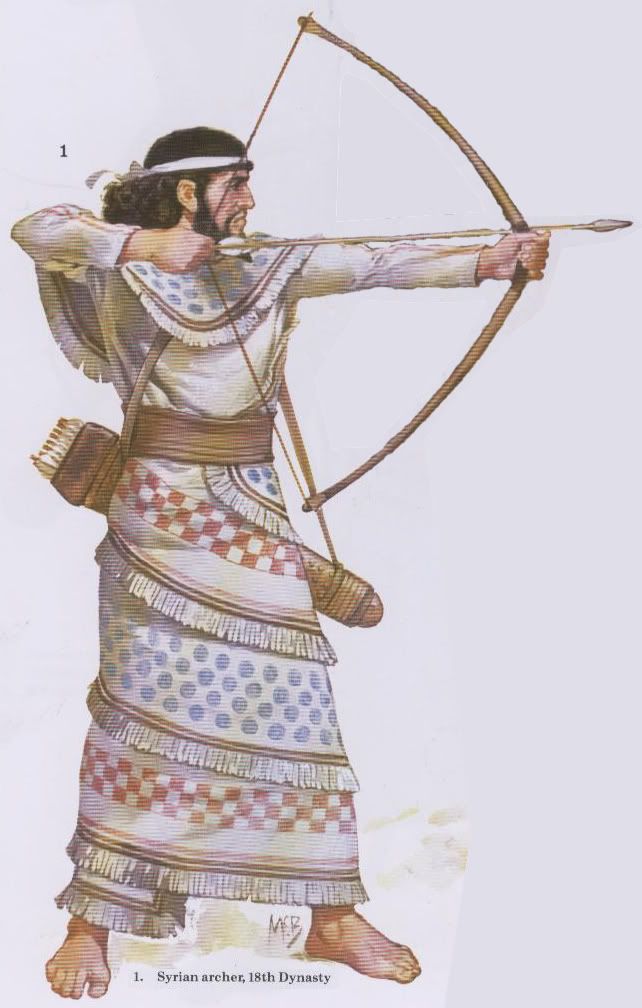
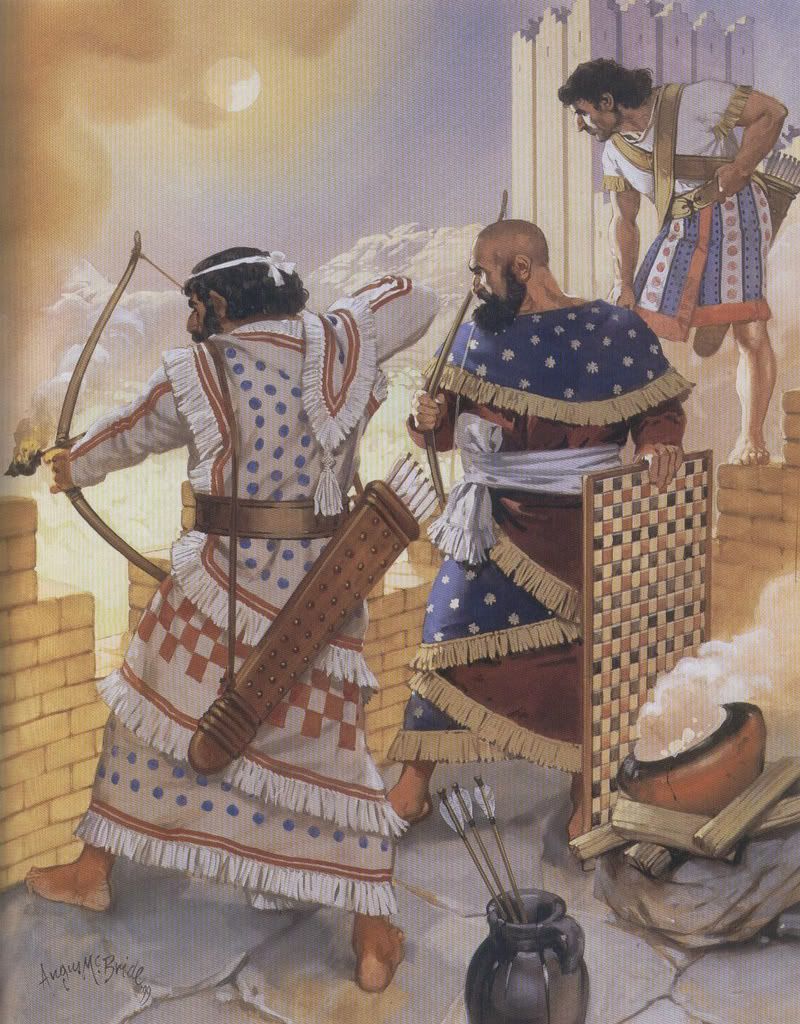
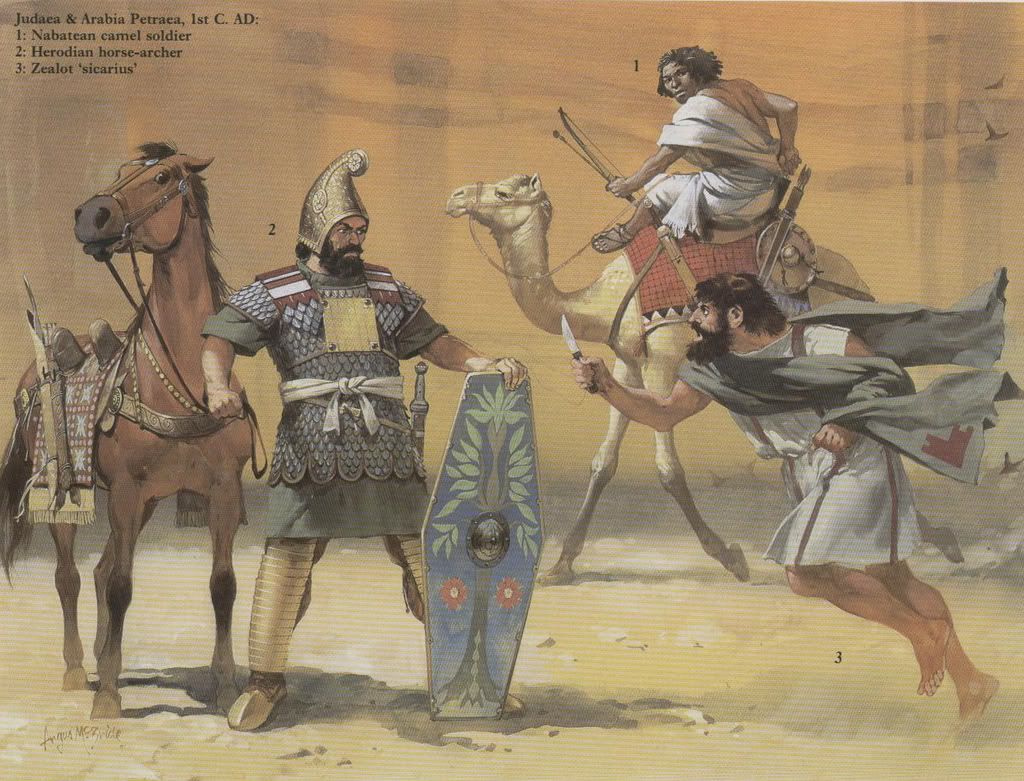



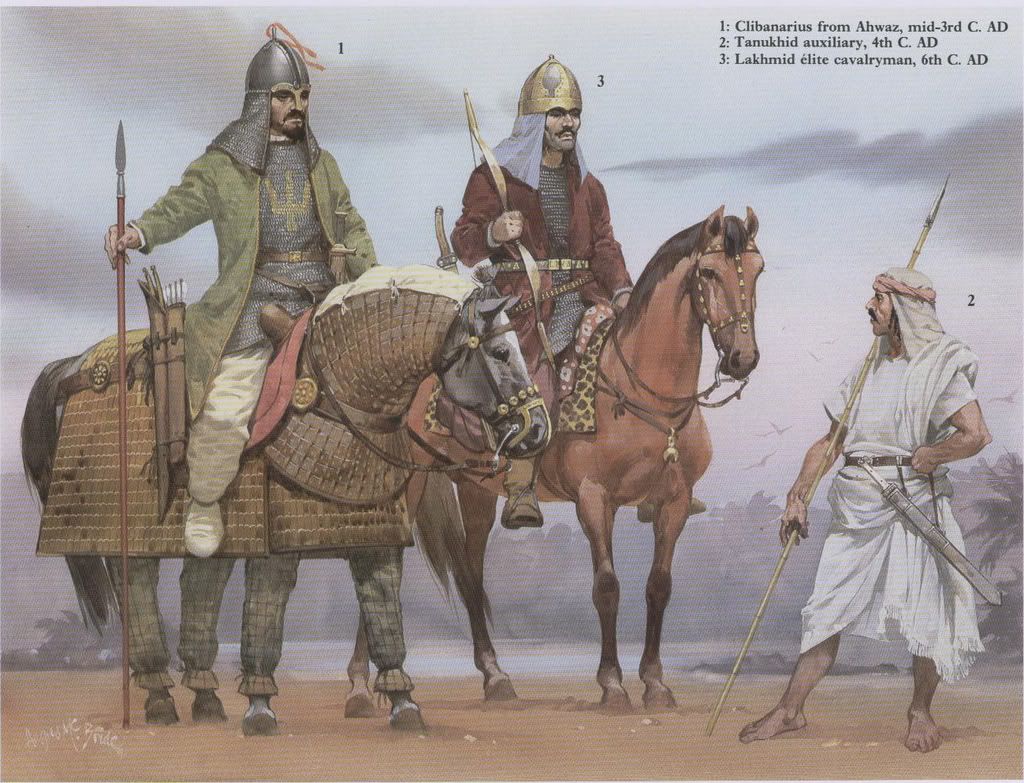
 SO this is a link to the Broken Crescent Total War mod, which focuses on the Middle East through India - lots of pics on their take on medieval unit lines, it might be of some use or inspiration.
SO this is a link to the Broken Crescent Total War mod, which focuses on the Middle East through India - lots of pics on their take on medieval unit lines, it might be of some use or inspiration.







